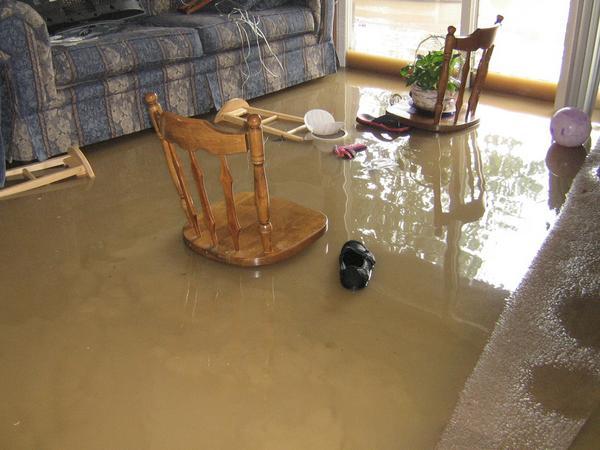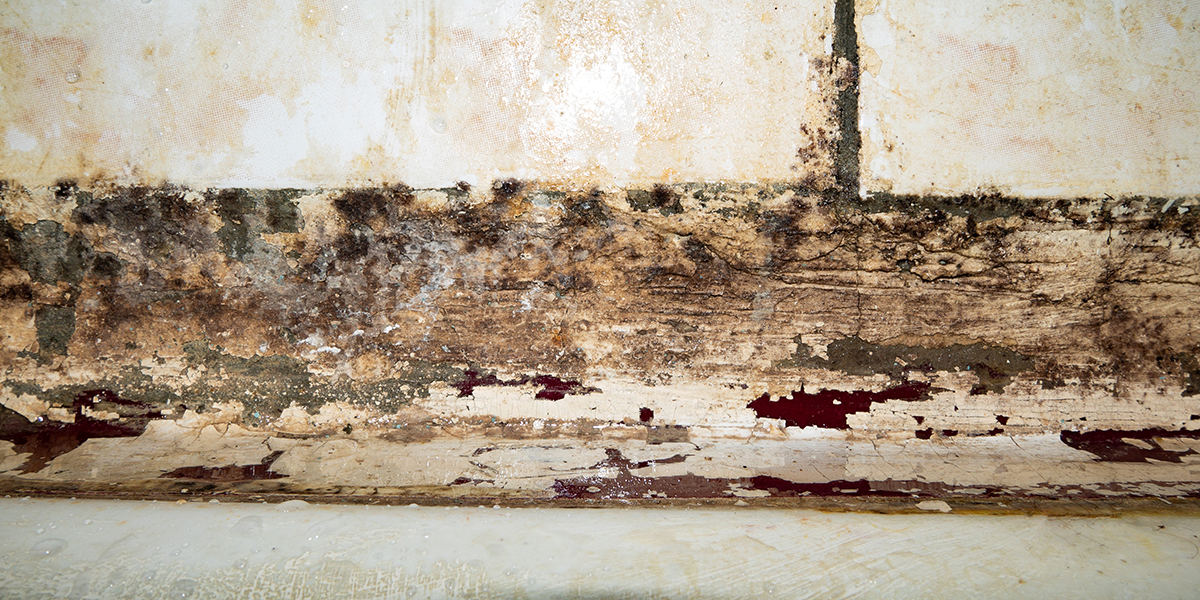Quick Response Emergency Water Leak Repair for Residential and Commercial Needs
Quick Response Emergency Water Leak Repair for Residential and Commercial Needs
Blog Article
The Refine of Water Damage Cleaning: Guaranteeing Your Home Is Brought Back Properly
Water damages can be a difficult difficulty for home owners, necessitating a structured and thorough clean-up procedure to bring back safety and capability. damage restoration services. Following this, effective water removal strategies play a crucial function in reducing further damage.
Examining the Damage
Upon finding water damage, the very first step is to completely evaluate the degree of the effect. This first evaluation is essential, as it assists identify the required steps for effective cleaning and repair. Begin by evaluating the influenced areas, including wall surfaces, ceilings, floors, and individual belongings, to determine the resource of the water intrusion, whether from flooding, leaks, or condensation.
Recording the damages is crucial for both insurance claims and planning remediation efforts - damage restoration services. Usage photographs and composed notes to catch the intensity of the damage, keeping in mind any kind of affected architectural components and products. Pay special focus to locations that may not be immediately noticeable, such as behind walls and under carpetings, as hidden wetness can result in further issues, consisting of mold and mildew growth
Additionally, examine the timeline of the water direct exposure. The longer the products stay wet, the better the capacity for damages. Comprehending the period of exposure will certainly educate the necessity of remediation initiatives. Inevitably, a comprehensive assessment lays the groundwork for an effective water damage cleanup process, ensuring that all affected locations are attended to efficiently and thoroughly.
Water Extraction Techniques

Professionals typically utilize completely submersible pumps for larger volumes of water, which can promptly reduce flooding in basements or other impacted locations. For smaller sized quantities, wet/dry vacuum cleaners are frequently made use of to draw out residual moisture from carpets and tough surface areas. In addition, making use of portable extractors enables targeted elimination in constrained areas or locations with delicate products.
In instances of infected water, such as sewer or floodwater, advanced removal methods may include using biohazard equipment to ensure security and compliance with health and wellness regulations. High-powered extraction tools are important in decreasing water retention in structural materials, which can cause mold growth and architectural degeneration if not dealt with without delay.
Eventually, the performance of water removal strategies plays a crucial function in the total success of the water damage clean-up process, laying the groundwork for succeeding remediation efforts.
Drying and Dehumidification
As soon as standing water has been successfully drawn out, the next crucial stage in the water damage cleanup process is drying and dehumidification. This step is necessary to protect against further damage and mold and mildew growth, which can occur within 24 to two days in damp environments.
To achieve efficient drying, specific equipment such as industrial-grade house water damage service and repair air movers and dehumidifiers is utilized. Air movers distribute air throughout damp surfaces, enhancing evaporation rates, while dehumidifiers lower moisture levels in the air, advertising a conducive setting for drying out. The combination of these devices guarantees that moisture is extracted from home furnishings, floorings, and walls, permitting them to completely dry thoroughly.
It is essential to check the drying out process carefully. Specialists usually utilize dampness meters to analyze the dampness material in different materials, guaranteeing that all affected locations reach appropriate dryness levels. This thorough approach helps to prevent covert moisture pockets that could bring about structural damages or undesirable mold development.

Cleansing and Sanitizing
After the drying and dehumidification phase is full, the next important step in water damage clean-up is cleaning up and disinfecting the affected areas. This process is vital to avoid the development of mold, microorganisms, and other virus that prosper in damp environments.
The cleansing phase normally entails removing any kind of particles, dirt, and contaminants from surface areas using specialized cleansing agents. For tough surfaces, a combination of soap and water or commercial cleaning products is typically employed. Soft products, such as upholstery and carpets, might need extra considerable cleansing techniques, including steam cleaning or deep extraction strategies, to make certain detailed sanitation.

Sanitizing adheres to cleaning, making use of EPA-approved anti-bacterials to remove unsafe bacteria. This step is important, particularly in locations that might have come right into call with floodwaters or sewage, as these sources can pose major health and wellness dangers.
Furthermore, it is necessary to attend to any continuing to be odors, which might need using smell neutralizers or advanced strategies like ozone therapy. Correct cleaning and sterilizing not only restore the security and hygiene of your home yet likewise lay the foundation for successful repair and fixings in subsequent phases of the water damage clean-up process.
Restoration and Repair Work

As soon as the analysis is full, remediation initiatives can start. In addition, floor covering might call for comparable attention, depending on the degree of water exposure.
It is important to engage knowledgeable reconstruction experts during this procedure, as they have the know-how to deal with complex repair work properly. Additionally, they can assist minimize potential future problems, such as mold growth or architectural instability, hence making sure a risk-free and habitable living setting. Inevitably, effective repair and repair work recover the home's honesty and enhance its overall value.
Conclusion
In verdict, the process of water damages cleanup is important for restoring a home to its pre-damage problem. Each phase, from assessing the damages to carrying out reliable water extraction methods, complied with by complete drying, sterilizing, and essential repair work, plays a necessary duty in ensuring check safety and compliance with building requirements. Efficient execution of these steps not only mitigates immediate damages but also enhances the long-term honesty and worth of the property.
Water damage can be a challenging challenge for house owners, requiring a structured and careful cleaning process to bring back safety and security and capability. Eventually, a comprehensive evaluation lays the foundation for an effective water damages clean-up process, ensuring that all affected locations are attended to effectively and completely.
Efficient water extraction techniques are crucial in reducing damage and protecting against more problems following a water invasion occasion.In verdict, the procedure of water damage clean-up is critical for bring back a home to its pre-damage condition. Each stage, from examining the damage to implementing efficient water extraction strategies, complied with by comprehensive drying out, sterilizing, and essential fixings, plays an essential function in making sure safety and conformity with structure standards.
Report this page